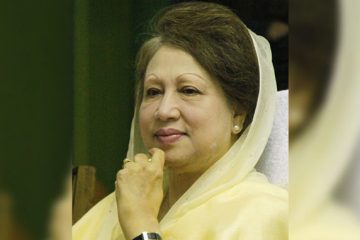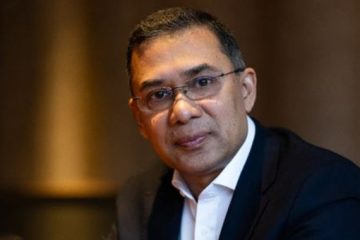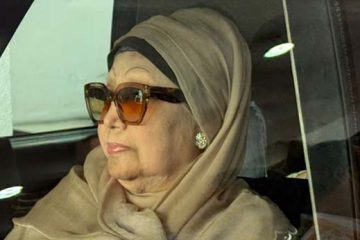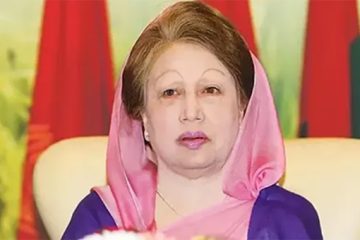Fifth census finds it grew by 1.8cr in 10 years
 Bangladesh’s population now stands at 14.23 crore, which is 1.8 crore more than a decade ago.
Bangladesh’s population now stands at 14.23 crore, which is 1.8 crore more than a decade ago.
According to the preliminary data of the latest government census, Bangladesh’s annual growth rate is 1.34 percent.
The preliminary report says that more people now live in Bangladesh than in Thailand, Myanmar, Sri Lanka and Singapore combined.
In the 2001 census, the country had 12.43 crore people.
The preliminary findings of the Population and Housing Census 2011 were revealed yesterday at a press conference at the NEC Auditorium of Planning Commission in the capital.
However, experts and Bangladesh Bureau of Statistics (BBS) officials say that the tally could increase by five to seven percent in the final report, which is expected to be published this September after a series of verification and adjustments.
The findings would be tested and verified by the Bangladesh Institute of Development Studies (BIDS) to ensure that everyone has been counted.
According to the preliminary results, Bangladesh is the third most populated country in South East Asia after India and Pakistan, which have 121.45 and 18.48 crore people, according to United Nations Population Fund (UNFPA) statistics.
The fifth census conducted between March 15 and 19 this year, has been subjected to various debates and controversies following contradictions with the bi-yearly projections of the United Nations Department of Economic and Social Affairs.
However, BBS officials claimed that the census is an accurate reflection of a nationwide survey conducted by going house to house.
The census reveals that the number of people in every household has decreased in the last 10 years, as families have become smaller.
Current household size is 4.4 persons compared to 4.8 in 2001 and 5.5 in 1991, the report said.
Expectedly, population density of the country also increased with 964 people living in every square kilometre which was 834 in 2001.
The gender imbalance in the country has shrunk over the years.
According to the 2011 census, there are 100.3 men for every 100 women, while it was 106.4 men for every 100 women in the 2001 census.
“This deserves more research. But a reason behind the trend could be that a lot of people have migrated to other countries over the years, and most of them were men,” said BBS Director General Shahjahan Ali Mollah in his presentation at the press conference.
The increasing number of women is more striking in Barisal, Rajshahi, Rangpur and Sylhet districts, where women outnumber men by some margin.
Dhaka remains as the most populated district in the country with a staggering 4.67 crore. In 2001 it was 3.9 crore, the report says.
However, in a rare exception, population of Barisal has thinned over the last 10 years. The district now has 81.4o lakh people living in the district while it was 81.70 lakh in the last census, the report added.
“The reason behind the population decrease in Barisal could be that many people have migrated to other districts due to the recurring cyclones and other natural disasters in the region,” said Mashiur Rahman, economic affairs adviser to Prime Minister Sheikh Hasina.
Ashim Kumar Dey, census director of BBS, said there could be errors in the data found in the census. “If there are any errors in the preliminary results, they would be revealed in the PEC (post-enumeration check). As for the results, these are what we found in our nationwide survey,” he said.
Planning Minister Air Vice-Marshal (retd) AK Khandaker was present as the chief guest at the programme chaired by Chief Census Commissioner Riti Ibrahim. Yuki Suehiro, in-charge of United Nations Population Fund (UNFPA), also spoke at the programme.
Courtesy of The Daily Star




















